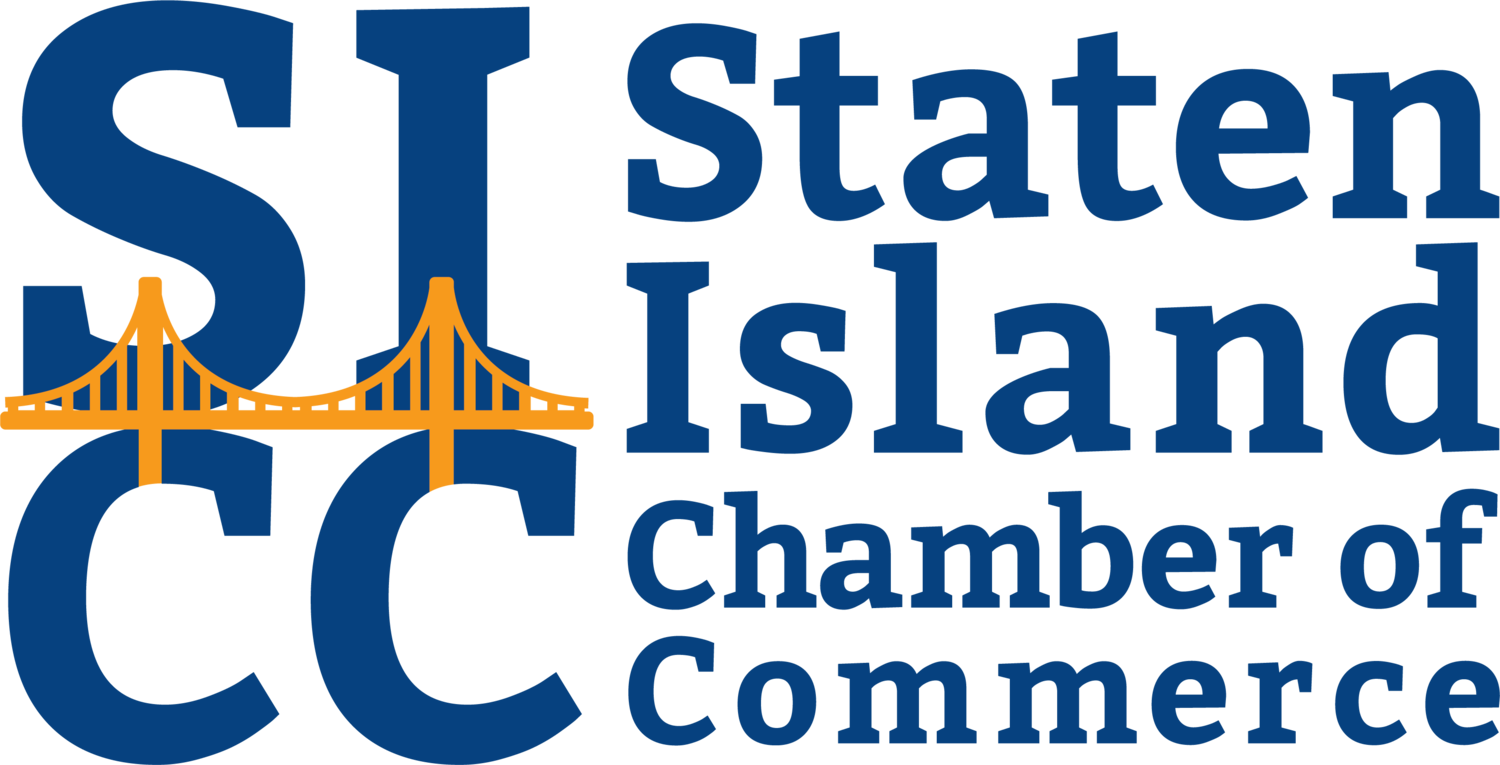United New York Sandy Hook Pilots Benevolent Association: Celebrating 50 Years with the Chamber
By MICHAEL ANDERSON
Content Development Specialist
Without the expertise from the Sandy Hook Pilots Association, vessels navigating New York and New Jersey’s waterways would encounter rough waters.
“The pilots are the advisors for the captains to explain traffic and weather conditions they’ll be encountering,” said retired Capt. Bill Ferrie. “Having a pilot aboard is for safety, of course, and we also help protect the environment.”
According to Capt. Tom Ferrie, the need for the Sandy Hook Pilots dates back to before the colonization of America, when the first pilot license in New York was issued in 1694. Nautical travel across the Atlantic Ocean may have been the key that unlocked development and trade, but many boats weren’t successful reaching their destinations due to inexperience of the routes – and many accidents.
Local fishermen became navigators due to their familiarity with the area. Their assistance quickly became a highly competitive industry, as boats would race to meet incoming ships. The turning point came after the Great Blizzard of 1888 grounded or wrecked more than 200 ships and killed at least 100 seamen from Chesapeake Bay through the New England area.
“The state governments said we want you to consolidate all these pilot boats, sell them, take all the money, pool it together to build one steel hull, steam-powered pilot boat, and put it at the entrance at the port of New York. They told them to work together, rotate through jobs evenly and become non-competitive, and split the money evenly while being regulated by the states,” said Capt. Tom, a fifth-generation Sandy Hook Pilot. “And that’s how we exist today.”
To ensure a smooth transition, the United New York Sandy Hook Pilots Benevolent Association was created to dictate the rules and how contractors will work together, split expenses, and profits.
“All the pilots came together and drew up a set of articles they could work by. We’re not partners. We’re associates and members of the association but we are all private contractors who share equally the expenses of the business,” said Capt. Bill.
“We get on board the ship and basically take control of the navigation. We give commands for the rudder, the steering, and the speed, and bring it safely into the port,” said Capt. Tom. “When ships go through various ports, the sailors, captains, mates, officers, and crew are familiar with the ship and navigating at sea. Once you get into the intricate areas of the port -- such as shallow water, narrow channels, difficult turns, and areas where you don’t want to meet other ships -- that’s what we call local knowledge. And that’s what we’re experts in.”
Despite operating in relative obscurity, the Sandy Hook Pilots are responsible for piloting some of the country’s most iconic vessels, including Fleet Week and the USNS Comfort. Just as recently as September, the Pilots led the voyage of the 1,200-foot-long CMA CGM Brazil under the Bayonne Bridge, setting the record for the largest container ship to pass in the bi-state port.
“It is a sense of pride,” said Captain John J. DeCruz, President of the Sandy Hook Pilots Association. “It’s nice to see when you get home later, turn on the news, and you see how all the people appreciate the job we’re doing.”
Currently, the Sandy Hook Pilot Association has 70 pilots with a fleet of 10 vessels (Pilot Boats, America Class, Sandy Hook, and Rigid Hull Inflatable Boats). They provide pilotage services to all foreign flag vessels and American vessels under register (regulated vessels) entering or departing the Port of New York/New Jersey, the Hudson River, the East River, Atlantic City, Jamaica Bay, and Long Island Sound as required by state law.
When the Sandy Hook Pilots Association moved its headquarters from Manhattan to the St. George Coast Guard Station (now home to the National Lighthouse Museum) in the late 1960s, it quickly became involved with the community when the United New York Sandy Hook Pilots Benevolent Association joined the Staten Island Chamber of Commerce in 1970.
Capt. Bill shares a deep connection to the Chamber after serving on several committees before his election as Chairman of the Board in 2007.
“I became involved and I realized how important it was to deal with all these different types of businesses on Staten Island. I think we got a lot of benefits -- and we still do -- from being members of the Chamber,” he said.
Capt. Tom, who also served on the Chamber’s board of directors for several years, used his strong connections at the Chamber after their Rosebank location – which has been their headquarters since the early 1980s -- was destroyed from Hurricane Sandy in 2011. The association still maintains its connection with the Chamber as Sandy Hook Pilot Capt. Dan Boylan currently serves on the Chamber board.
He cited the work with longtime Chamber members Bill Dubovsky (Comtel Information Services) to regain communications and architect and former Chairman Glen V. Cutrona, AIA, to design their building. The Chamber also accompanied the Sandy Hook Pilots Association to Washington, D.C., to meet U.S. Senator Chuck Schumer to review financial implications. After several years at temporary location, Sandy Hook Pilots returned to their headquarters last year.
“That was a good example of how the relationships we developed with other businesses on Staten Island was a benefit. After the storm, we were able to leverage our membership at the Chamber to help get us through that,” said Capt. Tom.

